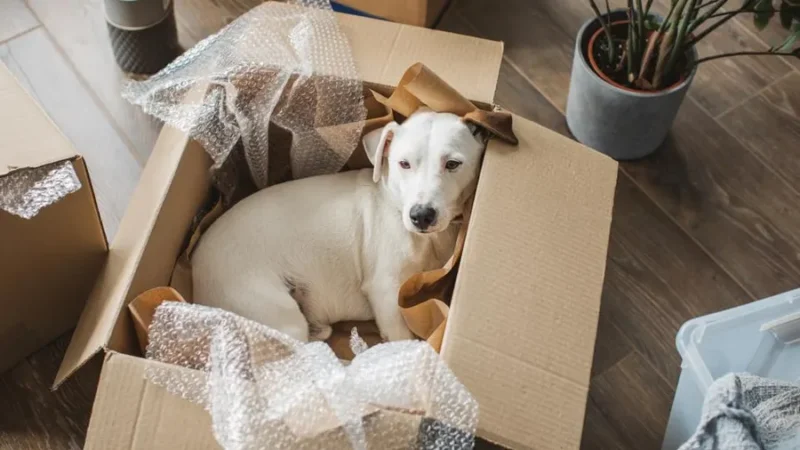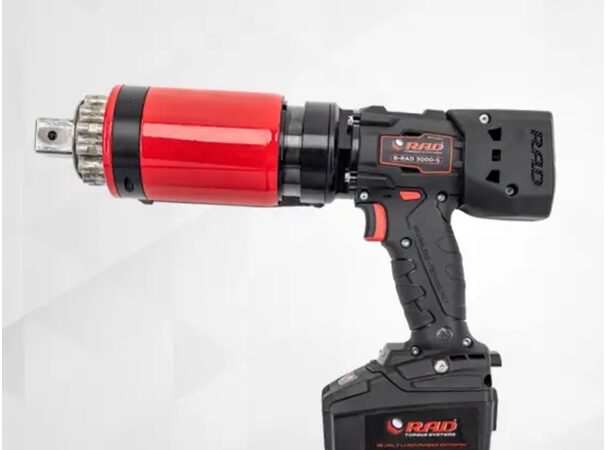Grass Sickness in Spring
The seasons are changing, and the weather is getting warmer, which means more time outside for our horses. Whilst we want our horses and ponies to be out on the grass as much as possible, turning out isn’t without its risks. Most people are familiar with the increased risk of laminitis in the spring but fewer are aware that it is the peak time for equine grass sickness (EGS) to occur too.
What is equine grass sickness?
EGS can occur throughout the year but it tends to peak in the spring between April and July. Although grass sickness has been researched for many years, the cause of this dreadful disease is not fully understood. There is some indication that a bacterial species Clostridium botulinum may be involved and that a selenium deficiency may be a contributing factor too. Selenium is integral to the horse’s immune defences and so a shortfall may make a particular horse more susceptible. Do be aware that selenium can easily be over-supplied in the horse feed which can also cause harm so additional selenium should be added to the ration with care.
Horses become exposed to this bacterium when grazing, especially if pastures are sparse which is why recommendations for reducing the risk include offering an alternative or additional source of forage to reduce the amount of grass the horse consumes.
Signs of EGS
The disease primarily causes paralysis of the gut and so the signs that are most likely to be seen are weight loss, colic, difficulty swallowing, and now faeces being produced. EGS is defined by its severity and the time it takes to develop. Acute EGS is the most severe and an affected horse has a low chance of survival. More chronic forms have better chances of survival compared to the acute form but generally, survival rates for EGS are very low.
If you suspect that your horse is suffering from EGS, it is essential to contact your vet as early as possible to increase the chances of survival.
Managing a horse with EGS
Once the veterinary intervention has meant the horse is able to eat again, the main aim is to use feeds that are easy to chew, highly digestible, and palatable to the horse. It may be necessary to try a variety of different horse feeds to see which appeals to the horse. Turning the feed into a slurry or gruel that the horse can drink often helps.
If the horse’s appetite starts to increase then the aim is to increase the energy and protein levels in the feed to try and restore the weight and condition that has inevitably been lost as a result of EGS.
Precautions to help combat EGS
If a case of EGS has occurred in a particular paddock in the past, it is recommended to avoid grazing it with horses again. However, many people don’t have this luxury and so other advice comes into play. Offering the horse other forages to reduce their intake of grass can help and trying to keep the grass longer and minimise bald parts in the field is another recommendation. It is also recommended to try and avoid making sudden changes to the diet so the health of the gut isn’t challenged and not to disturb the soil using mechanical harrows for example.






